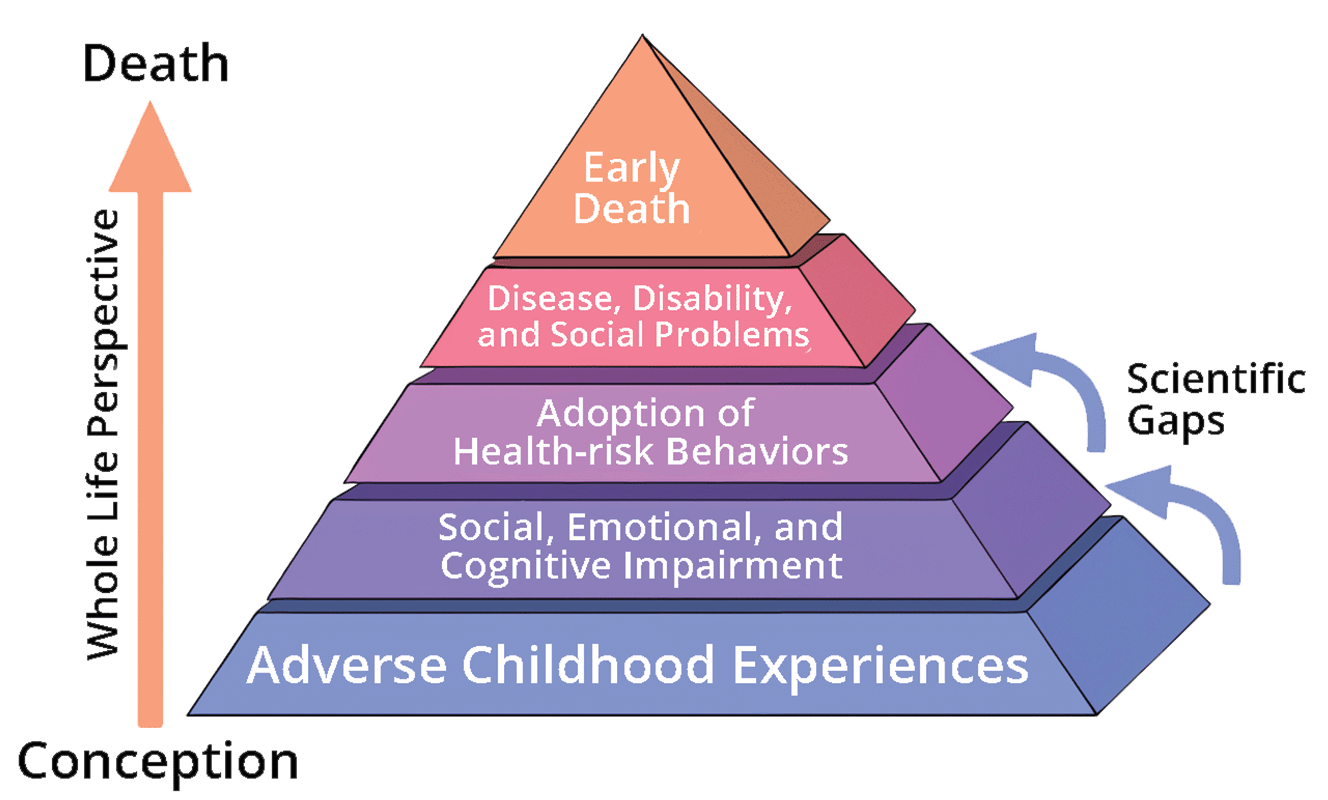Humanity has a disgusting addiction that could not be stopped soon enough: the use of petrochemical plastics. What we have already been told is bad enough, that your average bag or bottle will take centuries to degrade, but new research shows something
even worse: where the breakdown products go. It turns out that they end up in our water, air and at least some food items.
So, what is the damage? Pollution by microscopic pieces of plastic (microplastics) is so widespread that 94.4% of US tap water samples tested positive for the breakdown products. In Lebanon, the contamination rate was almost 94% despite drinking water coming from natural springs. In India, the figure was 82.4%, in Uganda, it was around 80%, and in Europe, it was around 72%. Other research has found that beer is almost always contaminated with microplastics, as well as honey, flour, sea salt and other common foods. Our air is contaminated by microplastics from carpets and clothing made from synthetic fibres.
 |
| No place for plastic. Source: Andres M. Panti |
This is not acceptable, as chemicals in plastics can raise the risk of illnesses such as
cancer. And not all of the effects of plastic are terminal illnesses, either.
Research on animals has found that environmentally relevant levels of exposure to BPA is linked to early puberty, disrupted oestrous cycles (the animal equivalent of the menstrual cycle) and structural problems with the ovaries. Older mice have exhibited problems such as increased occurrence of ovarian cysts. More serious reproductive issues, including uterine fibroids and tissue overgrowth have also been demonstrated, which cause symptoms such as painful, heavy periods. Phthalates, which are other chemicals found in plastics, can create problems with age at puberty and the oestrous cycle too. These can suppress the levels of our sex hormones. In humans, research has found that higher levels of phthalates may be associated with
endometriosis. This disease causes infertility and heavy, painful periods, among other issues.
Although more regions of the world are banning more plastic items, change takes time. So how can we detoxify from the chemicals in plastics? One way, at least in the case of BPA, is through
sweating. In a study of 20 people comparing BPA levels in blood, urine and sweat, researchers were more likely to find BPA in sweat than the other samples.
Probiotics may also help to detoxify from BPA.
Bifidobacterium breve and
Lactobacillus casei were shown to speed excretion of BPA in an animal study; these are commonly found in probiotics. Bacterial species found in kimchi, a fermented food from Korea, could actually help to degrade BPA too, to prevent it from causing further harm. As for
phthalates, sweat could be a way to help remove them from the body too. Supplements such as resveratrol (from dark red grapes) and curcumin (from turmeric) may aid detoxification, but more research on humans needs to be done. Dietary changes, e.g. increasing intake of cruciferous vegetables, and medicinal herbs like milk thistle, can be beneficial too, but it is best to consult with a qualified naturopath first. Overall, we need to collectively kick our plastic habit, but there are things we can do while we wait for the world to catch up.






_(4760803169).jpg)